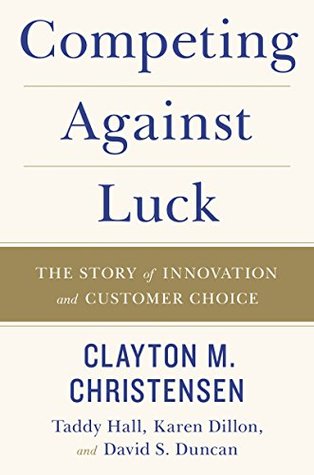More on this book
Community
Kindle Notes & Highlights
simply, it was because Pasteur’s work helped develop a theory—germ theory—that described the actual causal ...
This highlight has been truncated due to consecutive passage length restrictions.
Pasteur’s work demonstrated that germs were transmitted through a process:
Identifying the process by which people get sick allowed the development of ways to prevent its spread—in effect to interrupt that process, most notably through personal and social hygiene measures.
We all owe Pasteur a debt of enormous gratitude,
rapid evolution of medicine from an art to a science,
Shifting our understanding from educated guesses and correlation to an underlying causal mechanism is profound.
Truly uncovering a causal mechanism changes everything about the way we solve problems—and, perhaps more important, prevents them.
A typical car contains nearly thirty thousand individual parts in all.
The processes they created simply mitigated the problems, but they were no closer to
getting to the root cause of lemons.
In short, what the Japanese proved is that in spite of inherent complexity, it is possible to reliably and efficiently produce quality cars, when you focus on improving the manufacturing process
When the Japanese encountered a defect, they treated it the way a scientist would treat an anomaly:
For Toyota, the theory was embodied in the set of processes they developed to lead to defect-free manufacturing.
Innovation, in a very real sense, exists in a “pre–quality revolution” state.
I’m able to provide insight because there is a toolbox full of theories that teach me not what to think but rather how to think.
Good theory is the best way I know to frame problems in such a way that we ask the right questions to get us to the most
useful an...
This highlight has been truncated due to consecutive passage length restrictions.
Theories are not right or wrong. They provide accurate predictions, given the circumstances you are in.
good theory is essential for effective management practice and the most powerful tool I can offer my students.
What causes a customer to purchase and use a
particular product or service?
don’t buy products or services; they pull them into their lives to make progress. We call this progress the “job” they are trying to get done, and in our metaphor we say that customers “hire” products or services to solve these jobs.
“job” as the progress that a person is trying to make in a particular circumstance
hair-splitting
A job is the progress that an individual seeks in a given circumstance.
Needs are analogous to
Jobs take into account a far more complex picture.
swing into
Segway,
had been conceived around the need of more efficient personal transportation. But whose need?
The Segway was
a cool invention, but it didn’t solve a Job to Be Done that a lot of
people s...
This highlight has been truncated due to consecutive passage length restrictions.
On the other end of the spectrum from needs are what I’ll call the guiding principles of my life—overarching
These are critically important guiding principles to the choices I make in my life, but they’re not my Jobs to Be Done.
Helping me feel like a good dad is not a Job to Be Done. It’s important to me, but it’s not going to trigger me to pull one product over another into my life.
The jobs I am hiring for are those that help me overcome the obstacles that get in the way of making progress toward the themes of my life—in specific circumstances.
Theory is not primarily focused on “who” did something, or “what” they did—but on “why.”
jobs is about clustering insights into a coherent picture, rather than segmenting down to finer and finer slices.
What progress is that person trying to achieve? What are the functional, social, and emotional dimensions of the desired progress?
What are the circumstances of the struggle? Who, when, where, while doing what?
What obstacles are getting in the way of the person making that progress?
Are consumers making do with imperfect solutions through some kind of compensating behavior?
How would they define what “quality” means for a better solution, and what tradeoffs are they willing to make?
In this sense,
Jobs Theory is an integration tool.
Take Airbnb, for example.


